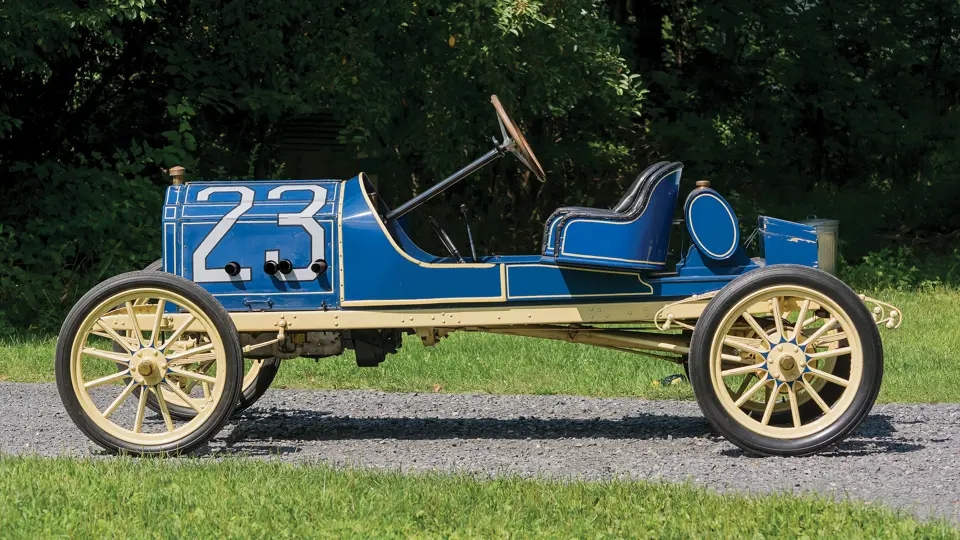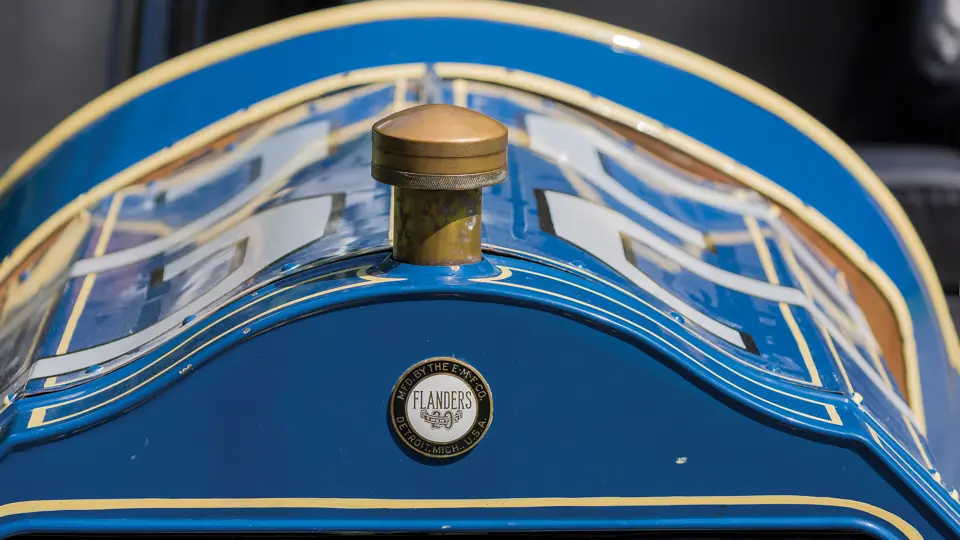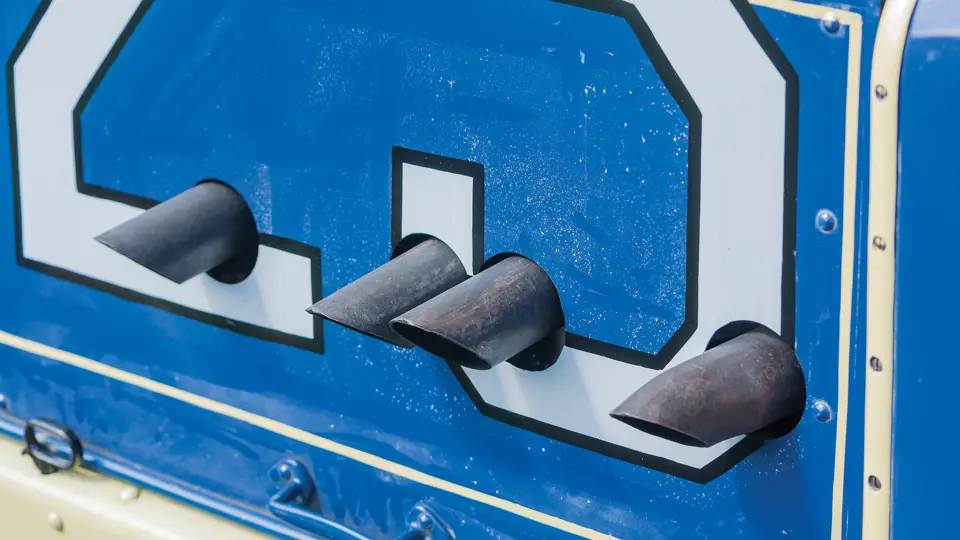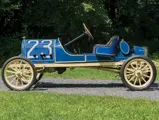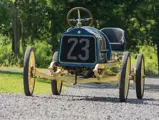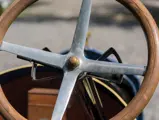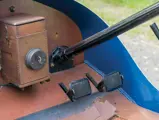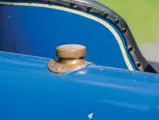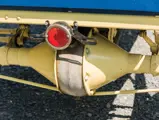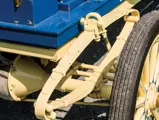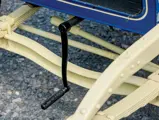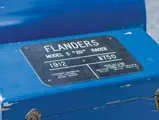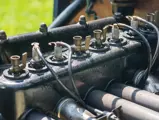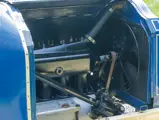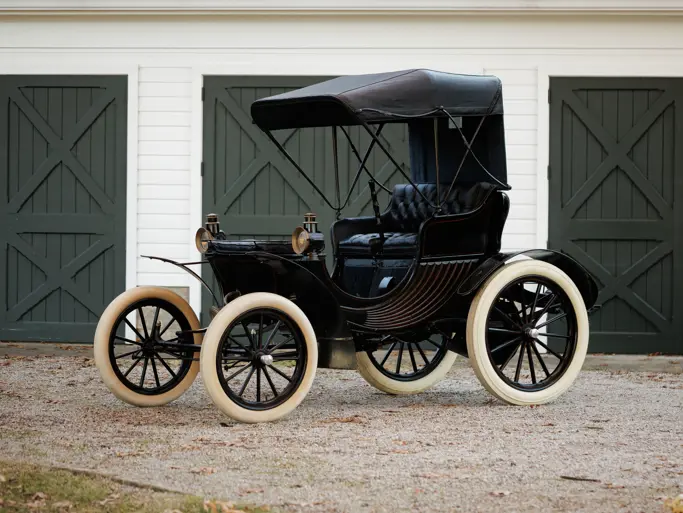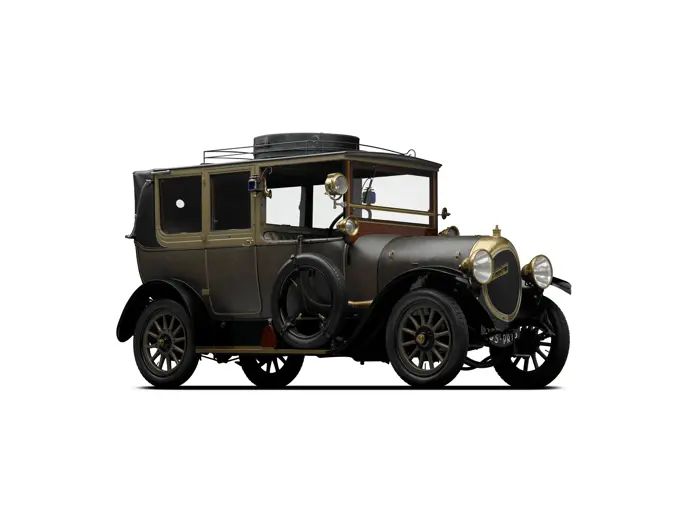E-M-F was a short-lived company that built automobiles in Detroit, Michigan, from 1908 to 1912. The initials designated the last names of its founders: Barney Everitt, William Metzger, and Walter Flanders. With Flanders’ production experience, they set about building a “well-finished” vehicle in the medium price range rather than opting for a low-price horseless carriage like the Model T. The Everitt-Metzger-Flanders Company was announced on 3 June 1908 following the purchase of the Northern and Wayne companies along with their respective plants and equipment.
William E. Kelly, the designer of the Wayne, became chief engineer. Buyers were offered four models, all priced at $1,250 and powered by a 30-hp four-cylinder engine. Overheating problems plagued the initial cars, which were re-called and repaired. Production through 1909 totaled 8,132 units, increasing to 15,300 for 1910. Everitt left in 1909 taking Kelly with him to build his own car. Flanders, independent from his partners, convinced the Studebaker Brothers into buying the factory of the defunct DeLuxe Motor Company of Detroit in order to compete with Ford (his former employer) head-on. Beginning in 1910, the Flanders 20 was offered; a 20-hp four-cylinder car on a 100-in. wheelbase selling in the $750 price range. At the time, this was less than the Model T; unfortunately for Flanders, Ford kept lowering the price of its car. A total of 31,514 were produced over three model years when Studebaker took over.
This unusual Flanders is part of the collection of Paul Teutul Jr., a well-known custom motorcycle builder and star of American Chopper. It was once part of the famed Harrah Collection. The history of the car is largely unknown, and it was likely restored in the 1970s. While not an original racer, it was built to replicate an early example from a unique and unusual marque not commonly known today. Teutul notes that it runs and drives well and that it is a light, easy handling car with plenty of get up and go.
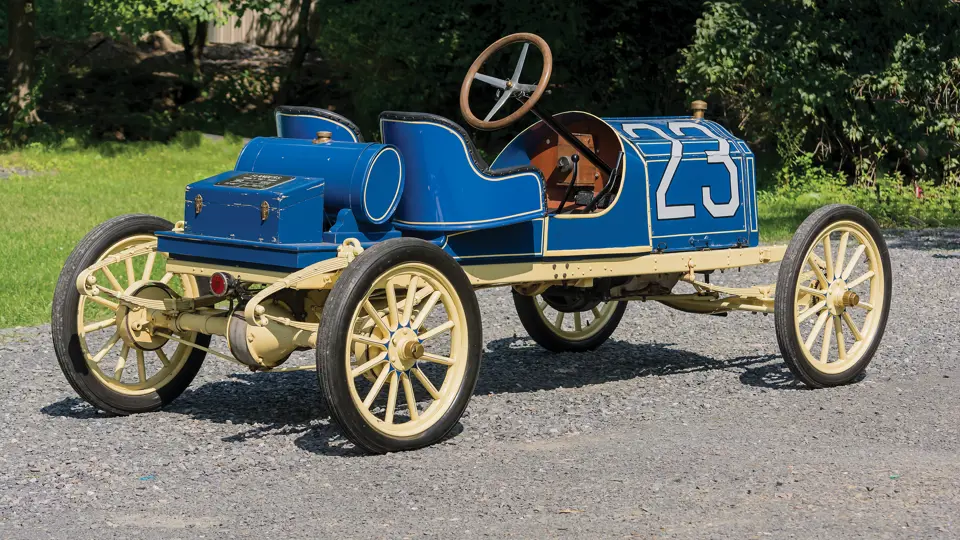

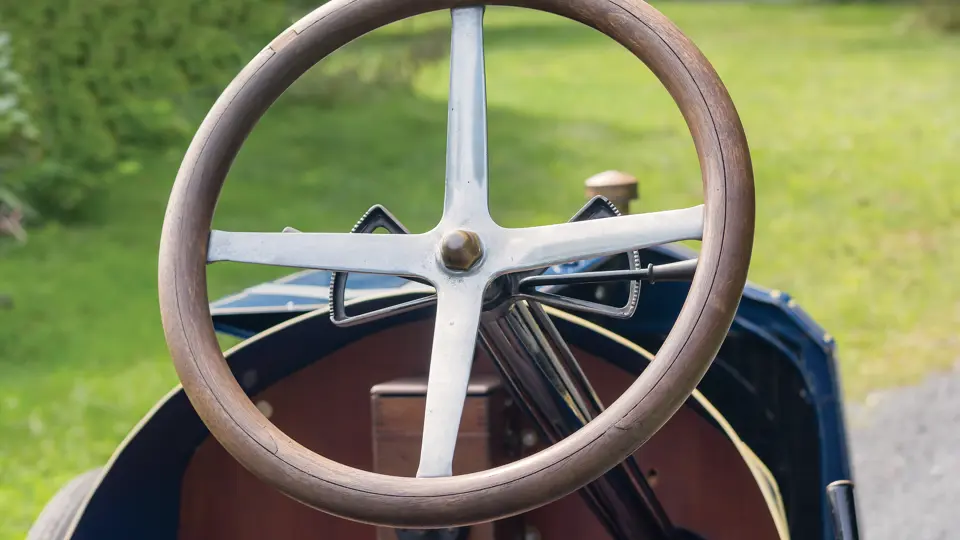

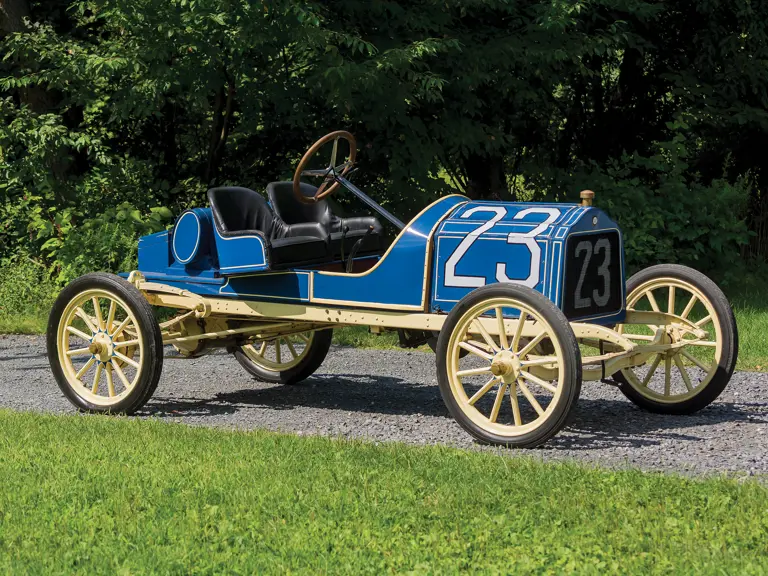

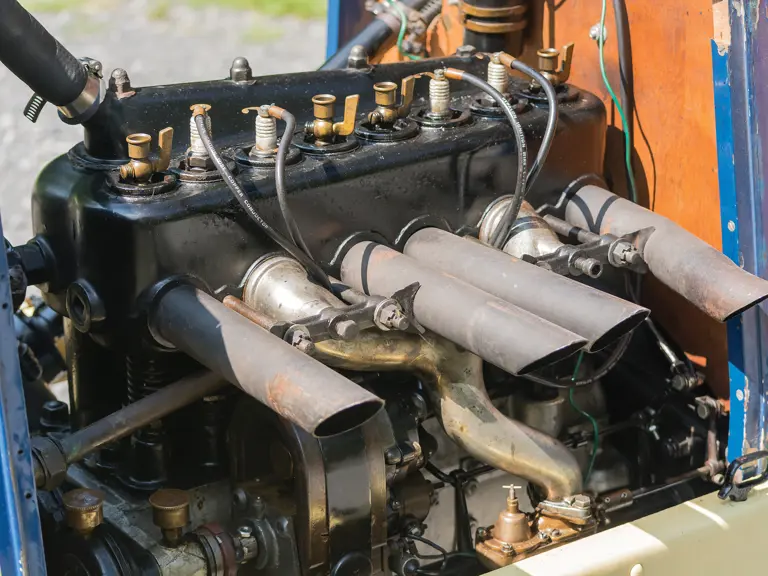
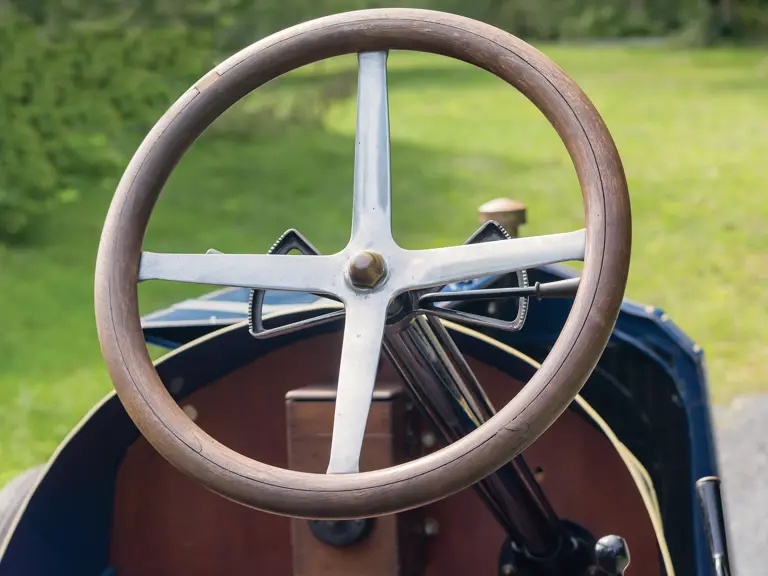
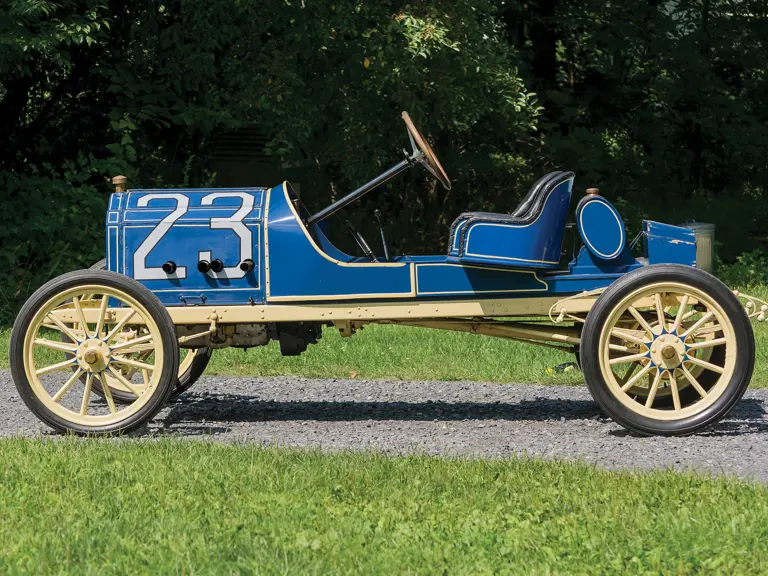
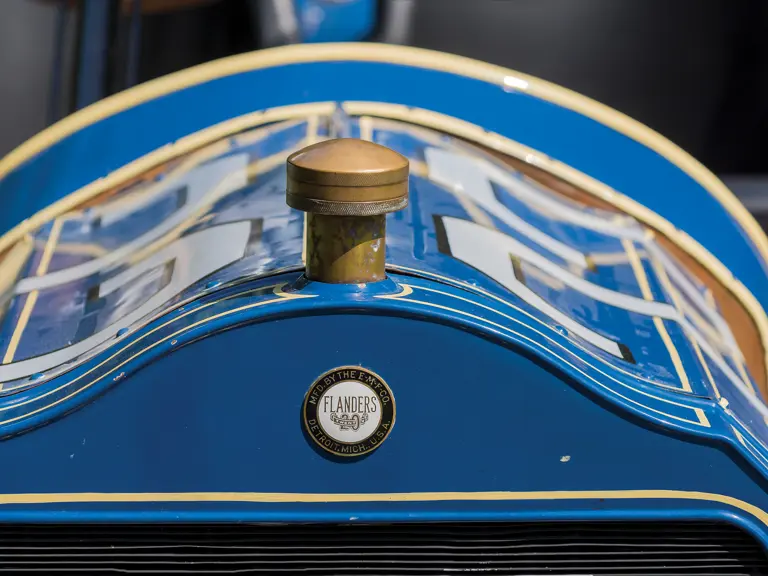
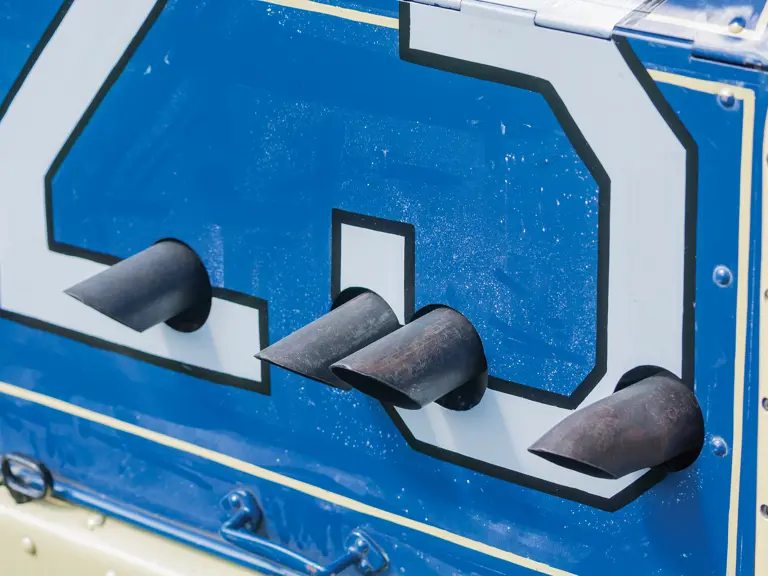
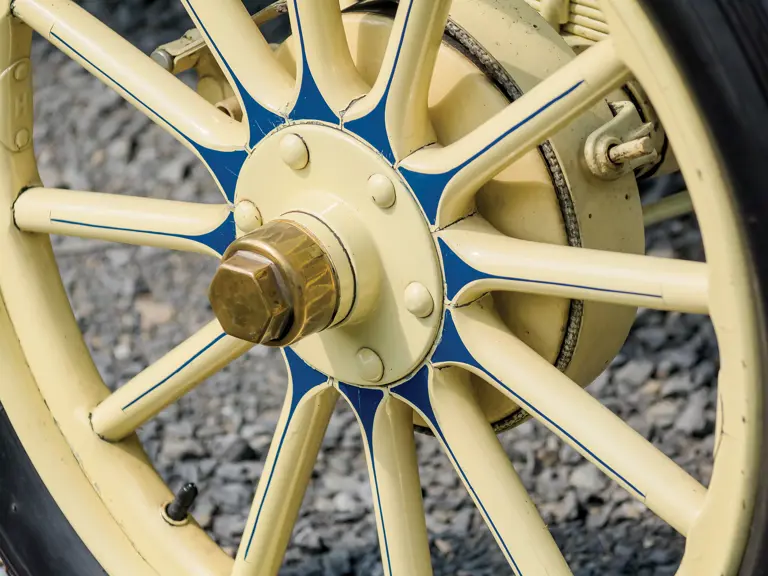
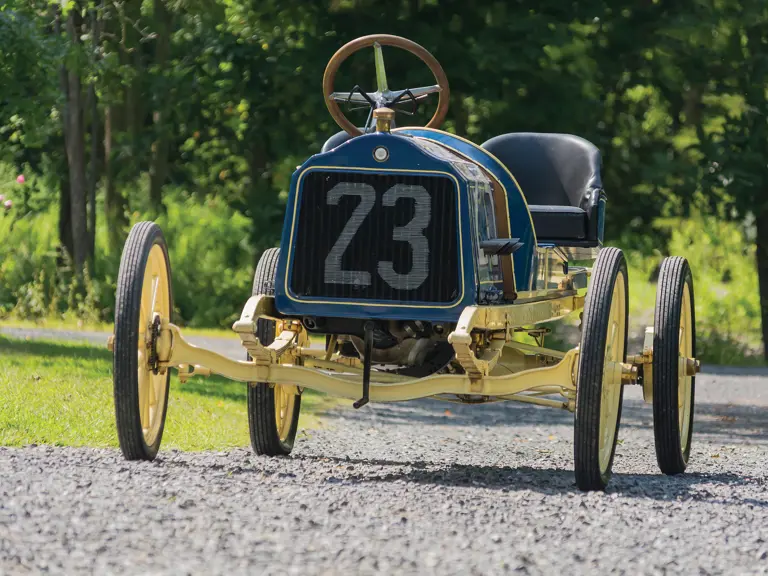
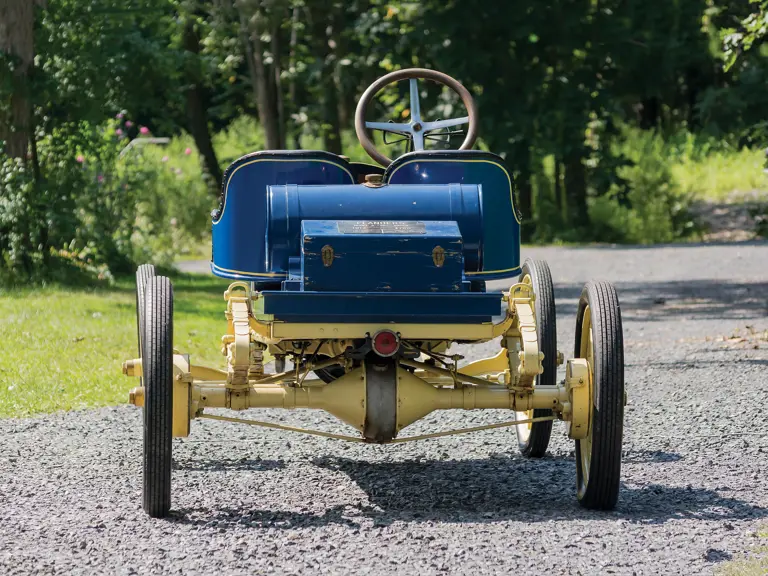


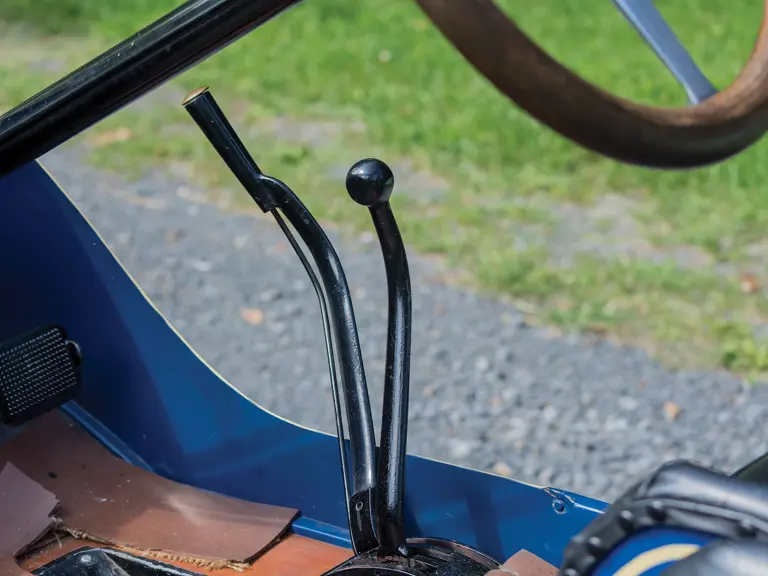
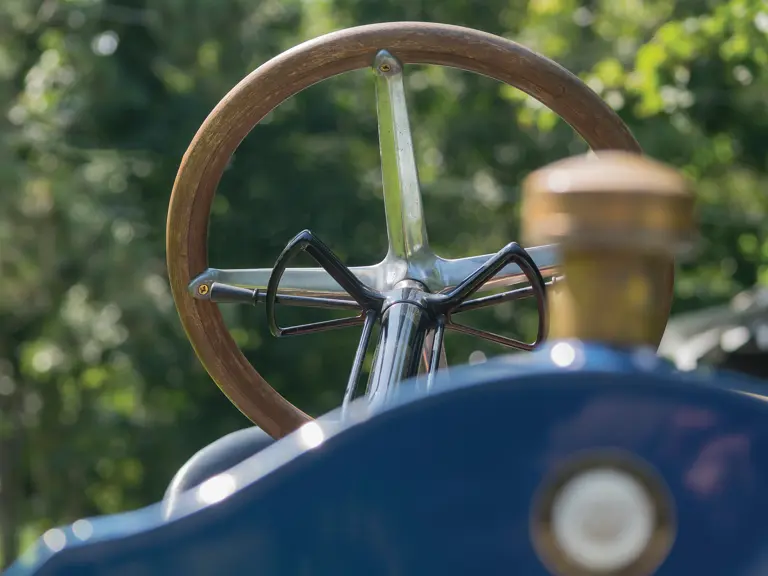
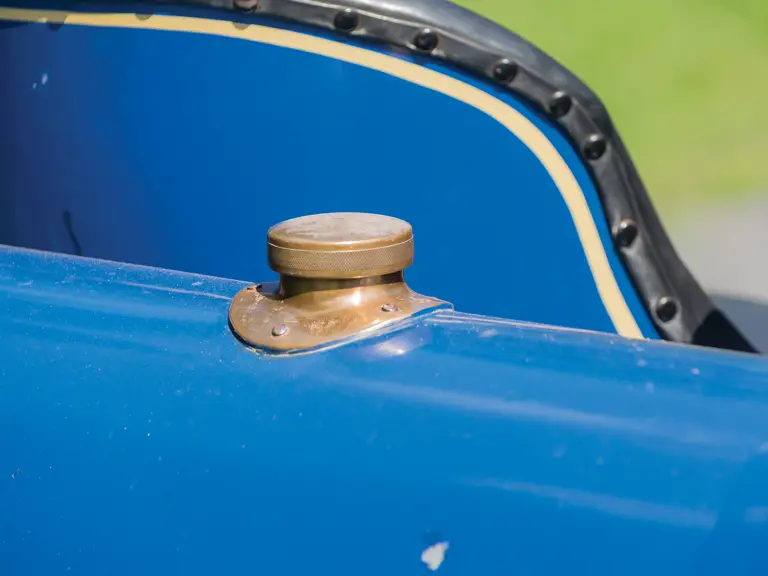
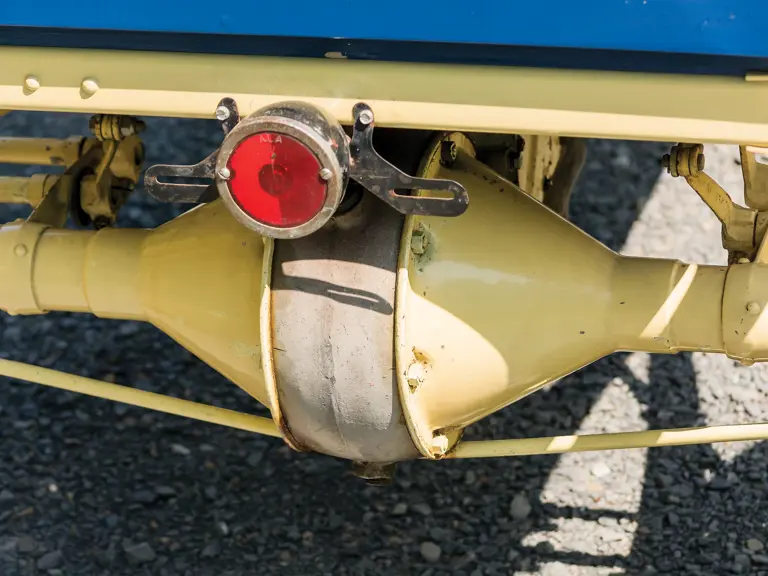

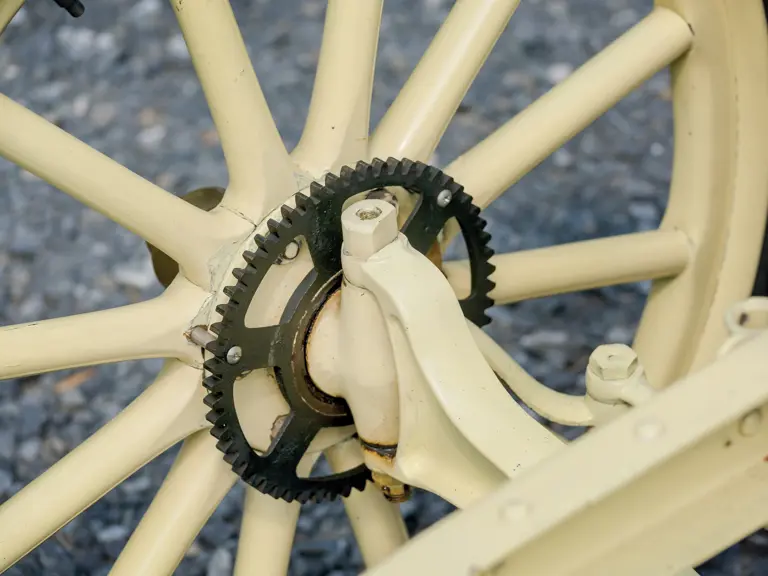

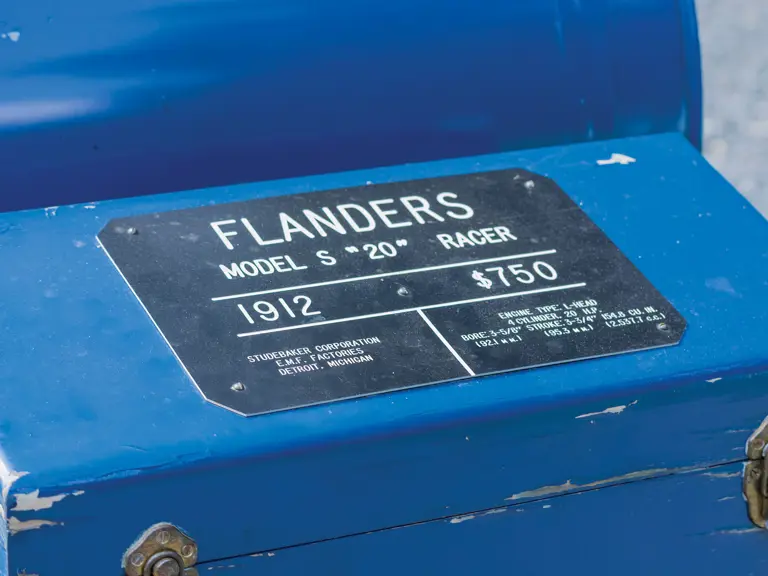

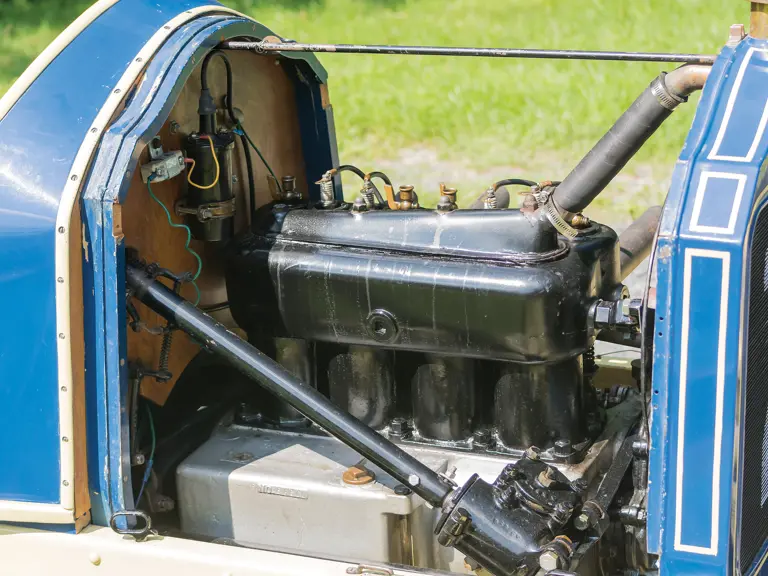


 | Hershey, Pennsylvania
| Hershey, Pennsylvania
